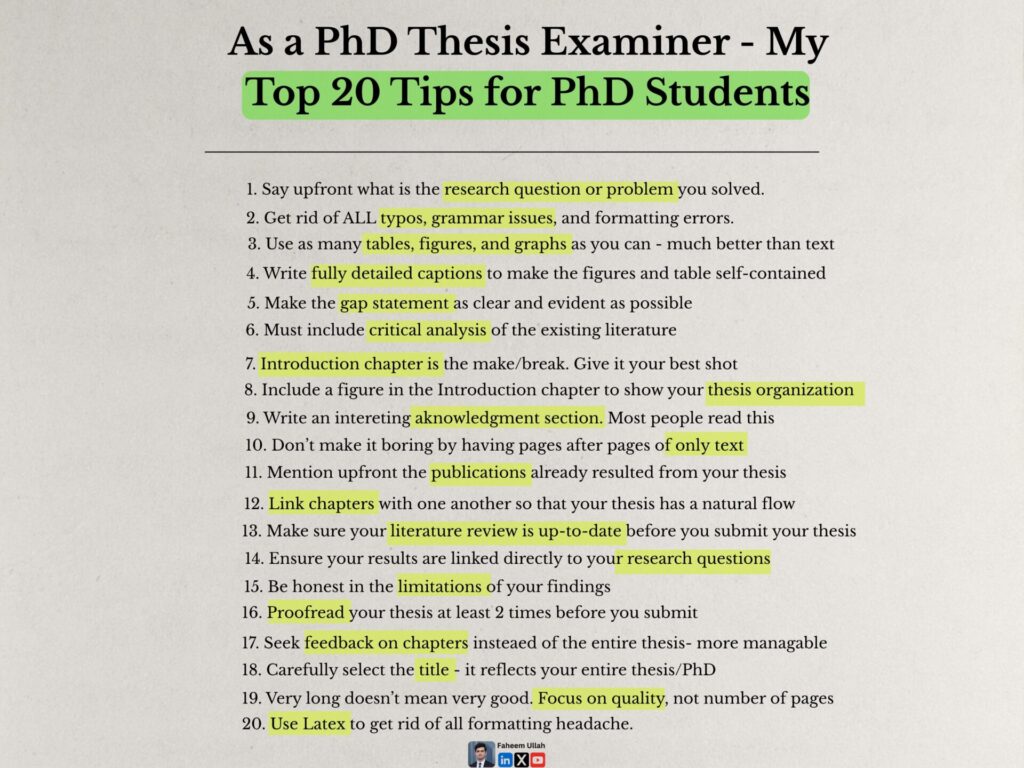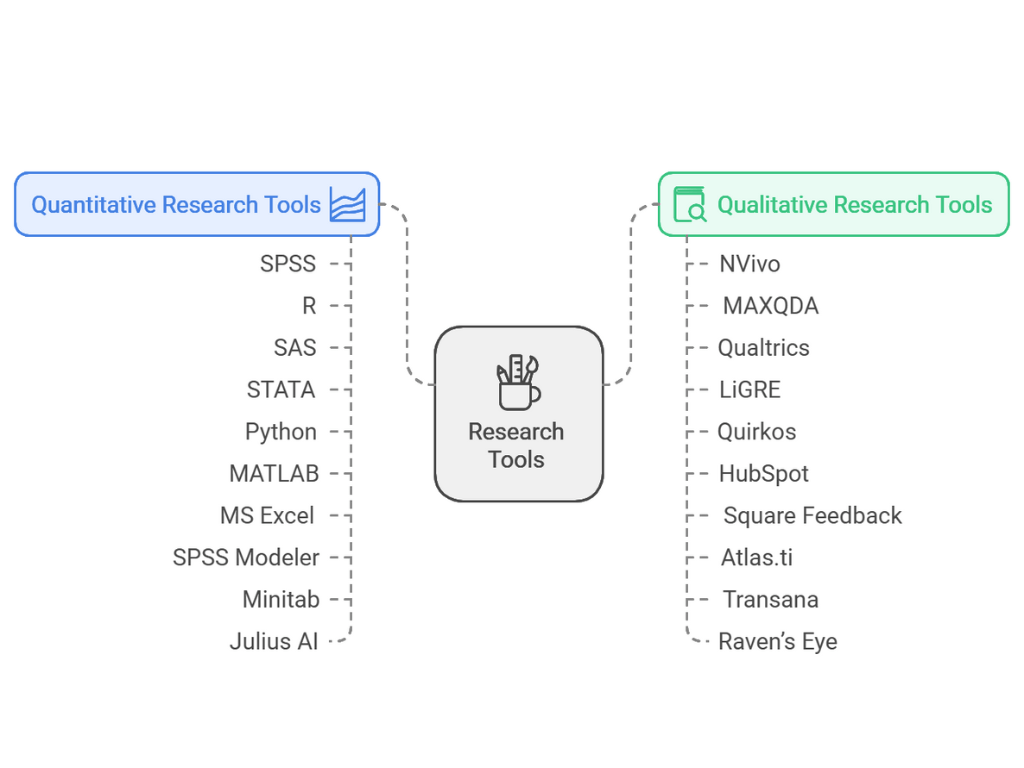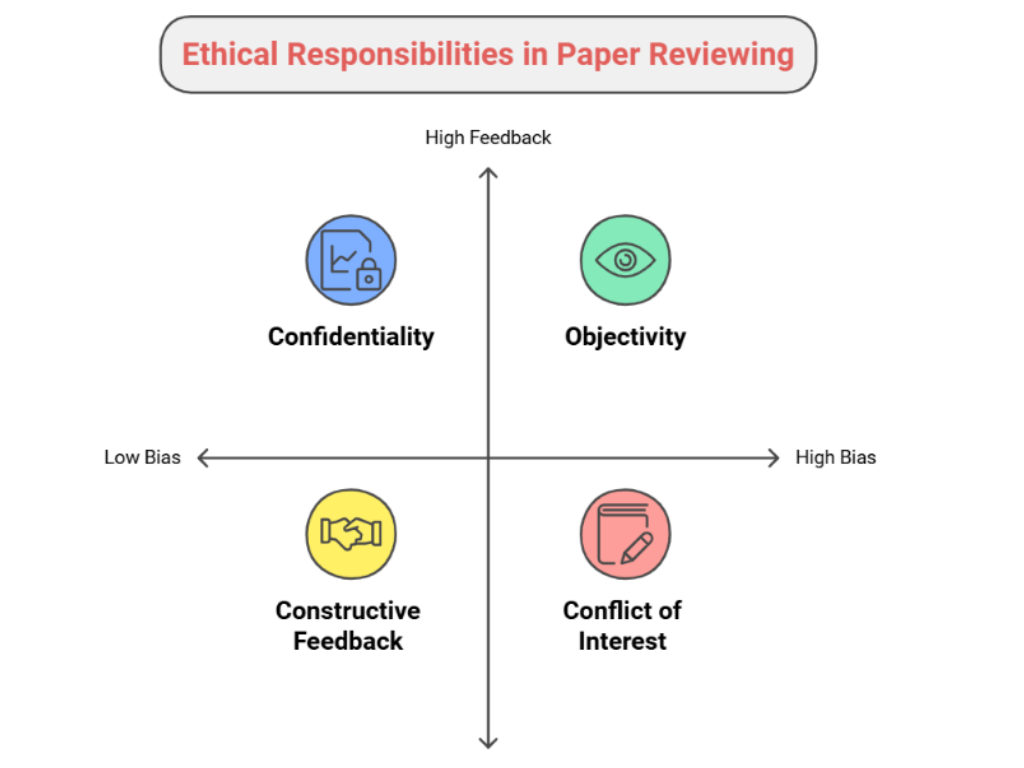Insights from a PhD Thesis Examiner

Which tool is the best for writing research papers?
Meet AnswerThis – a tool specifically designed for writing research papers.
With AnswerThis, you can:
- Conduct a literature review
- Create paper outline
- Use AI editor to write papers
- Identify research gaps
- Paraphrase your writing
- And much more
Completing a PhD is a long and challenging journey. But small, smart strategies can make a huge difference in the quality of your thesis — and your sanity.
Here are 20 practical tips from an experienced PhD thesis examiner. These are not just for passing your defense — they are for producing work you’ll be proud of.

1. Start with a Clear Research Question
Before you write a single word, define what problem you are solving.
Your research question is the backbone of your thesis. Every chapter, table, and paragraph should support it. If you can’t explain your research question in one clear sentence, you need to refine it further.
2. Eliminate Typos and Grammar Mistakes
Nothing irritates examiners more than careless writing.
Run grammar checks, proofread multiple times, and ask a friend or software tool to review your thesis.
A well-written thesis shows professionalism and attention to detail.
3. Use Tables, Figures, and Graphs
Visuals make your work easier to understand.
Instead of pages of dense text, use graphs and tables to explain your results.
A single well-designed figure can sometimes convey what three pages of writing cannot.
4. Write Detailed Captions
Captions are not decoration — they are explanations.
Each table and figure should be self-contained. That means a reader can understand what it shows without reading the entire text.
5. Make the Gap Statement Clear
Every thesis must clearly explain what gap it fills in existing research.
Tell your reader:
“What has been done before?” and “What was missing?”
Then show how your work fills that gap.
6. Add Critical Analysis
Don’t just summarize existing literature — critique it.
Discuss the strengths and weaknesses of past studies.
Show that you understand where your work fits in the larger academic conversation.
7. Give Your Best to the Introduction
Your introduction chapter decides the first impression.
Start strong by explaining the importance of your research problem, your objectives, and the overall structure of your thesis.
Make readers excited to keep reading.
8. Include a Figure to Show Thesis Structure
Add a simple diagram or flowchart that shows how your chapters connect.
This helps readers understand your research design at a glance — especially examiners who may skim before diving deep.
9. Write an Engaging Acknowledgment Section
Don’t underestimate this section.
It shows gratitude, professionalism, and personality.
A sincere acknowledgment reflects positively on you as a scholar and person.
10. Avoid Long, Boring Text Blocks
Pages and pages of plain text can make your thesis painful to read.
Break it up with headings, bullet points, and visuals.
Think like a storyteller — guide your reader, don’t drown them.
11. Mention Your Publications
If you have published papers based on your PhD work, mention them early.
This instantly signals to the examiner that your research has already passed peer review — which strengthens your credibility.
12. Link Chapters Together
Your thesis should flow logically from start to end.
Each chapter must connect to the next like links in a chain.
Add brief transition paragraphs to remind readers why each chapter matters.
13. Keep Your Literature Review Updated
Don’t let your literature review go stale.
Before submission, check if there are new studies published on your topic.
Citing the latest research shows you are current and engaged with your field.
14. Link Results to Research Questions
Always connect your results to your original research questions or hypotheses.
Don’t leave readers guessing how your findings answer your central question.
15. Be Honest About Limitations
Every study has limitations — and that’s okay.
Examiners appreciate honesty and critical reflection.
Discuss what didn’t work, what you learned, and how it could be improved.
16. Proofread Multiple Times
Proofread your thesis at least twice.
First for grammar and formatting.
Then for logic, structure, and flow.
You’ll be surprised how many small mistakes you can catch the second time.
17. Get Feedback on Each Chapter
Instead of sending the entire thesis at once, get feedback chapter by chapter.
This makes it easier for your supervisor (and for you) to track progress and improve gradually.
18. Choose Your Title Carefully
Your title is the first thing people see.
It should be clear, specific, and meaningful.
Avoid overly technical or vague titles — make it easy for readers to grasp your focus instantly.
19. Focus on Quality, Not Quantity
Many students think a longer thesis is a better thesis.
That’s not true.
A concise, well-argued 150-page thesis is often better than a repetitive 300-page one.
Clarity and originality always matter more than page count.
20. Use LaTeX for Formatting
If you’re tired of formatting nightmares in Word, try LaTeX.
It helps you manage references, tables, and figures with ease.
Once you learn it, you’ll never go back.
Final thoughts
Your PhD thesis isn’t just an academic requirement — it’s a reflection of your years of hard work, curiosity, and growth as a researcher.
Examiners don’t expect perfection. But they do expect clarity, depth, and a sense of ownership over your work.
Take time to polish every detail.
Check your structure.
Refine your arguments.
And most importantly — believe in your research.
Because if you don’t, no one else will.
Pro Tip for PhD Students:
Before submitting your thesis, use an AI-powered tool like Review-it (www.review-it.ai) to get feedback on structure, clarity, and quality. It’s like having a virtual examiner review your work before the real one does.
Don’t forget to read: AI Tools for Literature Review
Best of Luck..




